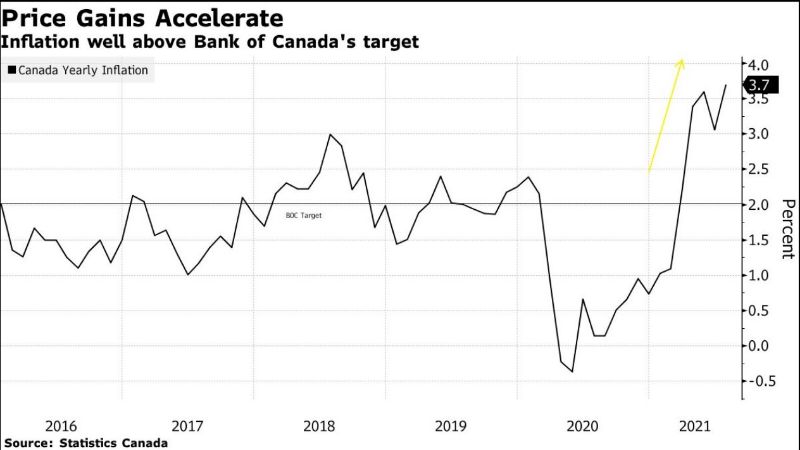On March 1st, Stats Canada released disappointing figures showing that the economy barely grew in the final quarter of last year. Weakness in the oil sector was expected, but the downturn went well beyond the energy sector and bodes ill for a return to healthy growth this year.
The country’s economy grew by just 0.1% in the fourth quarter, for an annualized growth rate of 0.4%–the weakest performance since the second quarter of 2016, down from an annualized 2% pace in the third quarter and well below economists’ expectation of a 1% annualized gain.
For the year as a whole, real gross domestic product (GDP) grew at a 1.8% pace in 2018, down substantially from the 3% growth recorded in 2017. In comparison, the U.S. economy grew 2.9% last year with Q4 growth at 2.6%.
Canada’s economy was battered by lower export prices for crude oil and crude bitumen walloping Alberta. Housing activity in the province slowed from already weak levels as unsold inventories rose and prices edged downward. As well, business investment dropped sharply in the final three months of the year, and household spending slowed for the second consecutive quarter.
Consumer spending on durable goods, especially motor vehicles, hit the skids as overall household outlays for products and services weakened. Consumption spending grew at the slowest pace in almost four years.
Housing fell by the most in a decade, business investment dropped sharply for a second straight quarter, and domestic demand posted its most significant decline since 2015. Housing investment plummeted, falling at a 3.9% quarterly rate as the housing market continued to soften, with the most substantial decrease in new construction (-5.5% quarterly), followed by renovations (-2.7%) and ownership transfer costs (-2.6%).
Business investment in plant and equipment fell 2.9%, the sharpest drop since the fourth quarter of 2016. The only thing that kept the nation’s economy from contracting was a build-up in inventories as companies stockpiled goods. Without a doubt, much of the inventory accumulation was unintended, as the slowdown in demand caught businesses by surprise.
Implications for the Bank of Canada
Canada’s economy has been plagued by trade uncertainties, reduced oil demand by the U.S., rising interest rates, and tighter mortgage credit conditions. Consumer and business confidence has declined, and inflation remains muted. Despite a relatively robust labour market, wage growth has slowed. The Bank of Canada is widely expected to stay on the sidelines during the next rate announcement. The central bank’s latest forecast, from January, was for annualized growth of 1.3% in the fourth quarter, more than three times stronger than today’s reported pace of 0.4%. The Bank expects growth to decelerate further to 0.8% in the current quarter, before rebounding back to above 2% growth by next year.
The latest data puts the economy’s ability to rebound to more normal levels in question. Monthly data released today show the economy ended the year contracting, with December gross domestic product down 0.1%. Most economists now expect the Bank of Canada will refrain from raising interest rates for the remainder of this year.
Dr. S Cooper, “Canadian Economy Hits a Major Pothole in Q4”, Sherry Cooper, accessed March 2, 2019, https://sherrycooper.com/articles/canadian-economy-hits-a-major-pothole-in-q4/

